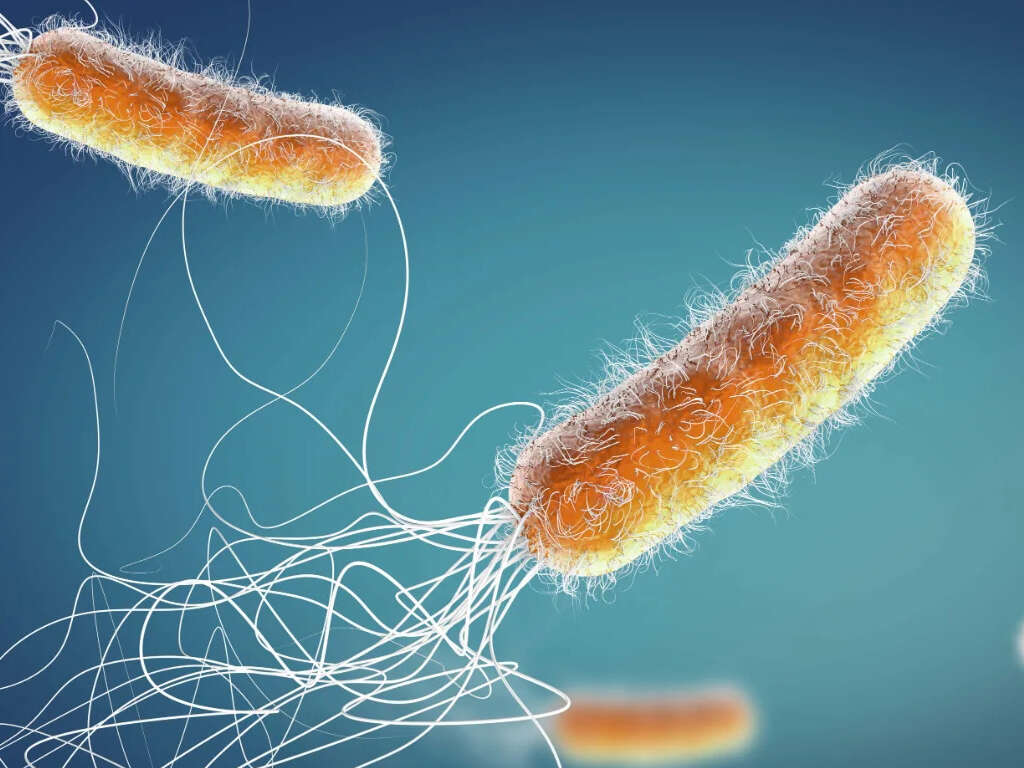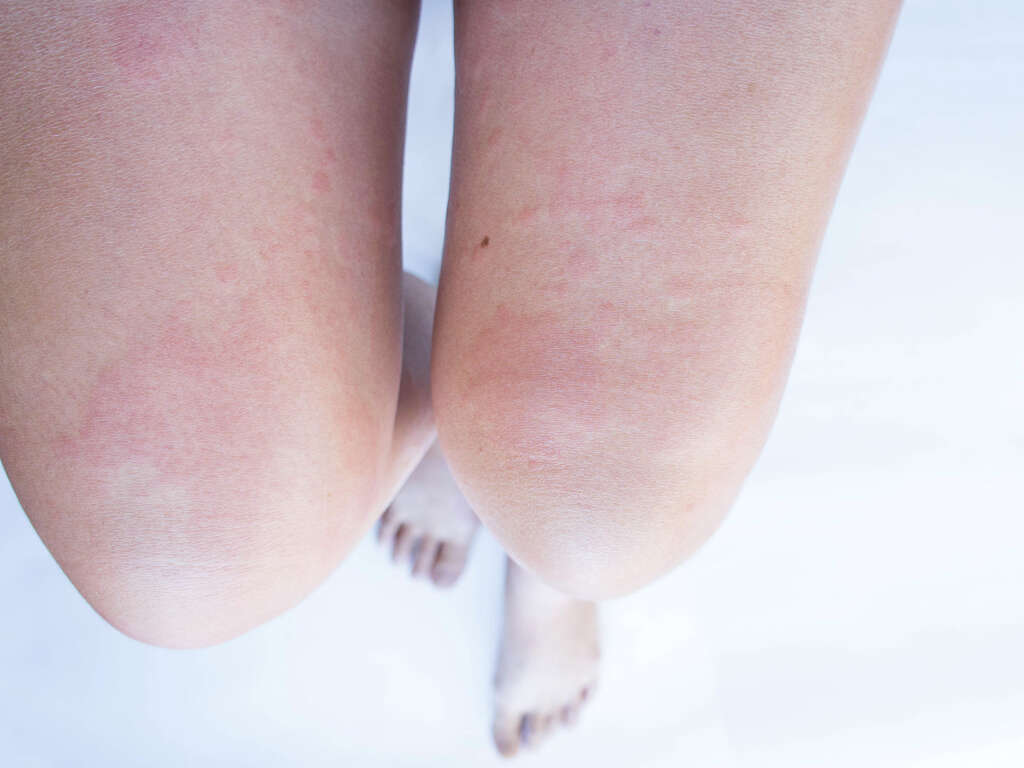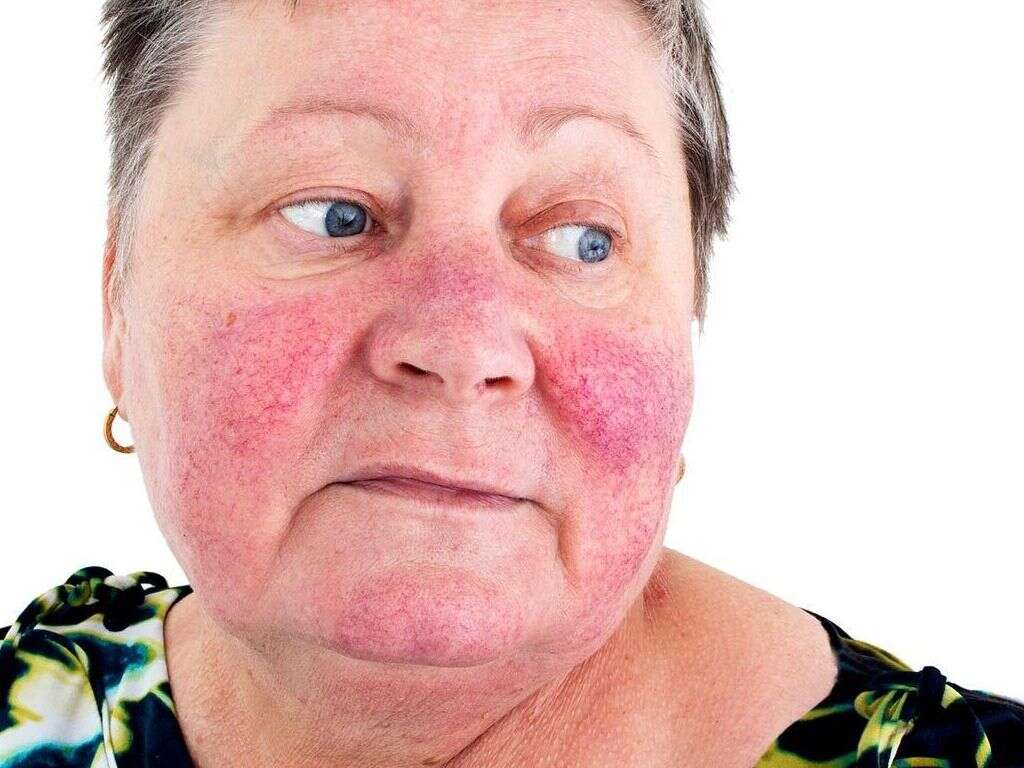10 MCTD Symptoms
 Article Sources
Article Sources
- 1. 'Mixed Connective Tissue Disease.' Mayo Clinic, Mayo Foundation for Medical Education and Research, 2 June 2020, www.mayoclinic.org/diseases-conditions/mixed-connective-tissue-disease/diagnosis-treatment/drc-20375152
- 2. Team, Wellness. '5 Ways to Fight Fatigue With Food.' Health Essentials from Cleveland Clinic, 19 Aug. 2020, health.clevelandclinic.org/5-ways-to-fight-fatigue-with-food/
- 3. 'Mixed Connective Tissue Disease.' Mayo Clinic, Mayo Foundation for Medical Education and Research, 2 June 2020, www.mayoclinic.org/diseases-conditions/mixed-connective-tissue-disease/symptoms-causes/syc-20375147.
- 4. 'Mixed Connective Tissue Disease (MCTD).' NORD (National Organization for Rare Disorders), 5 July 2017, rarediseases.org/rare-diseases/mixed-connective-tissue-disease-mctd/
- 5. Nugent, Caitlin C. 'H2 Blockers.' StatPearls /[Internet/]., U.S. National Library of Medicine, 20 Mar. 2021, www.ncbi.nlm.nih.gov/books/NBK525994/
Color Changes in Hands and Feet
Affected individuals may develop a condition known as Raynaud's phenomenon. The main characteristics of the condition are painfully cold fingers and toes, and a color change in the hands and feet when exposed to stress or changes in temperature.
The fingers or toes change from normal coloring to blue to white in response to cold or stress.4‘Mixed Connective Tissue Disease (MCTD).’ NORD (National Organization for Rare Disorders), 5 July 2017, rarediseases.org/rare-diseases/mixed-connective-tissue-disease-mctd/ After warming, the toes or fingers turn red. Keeping the extremities warm and finding ways to relax may help a person manage Raynaud's.
Advertisement











